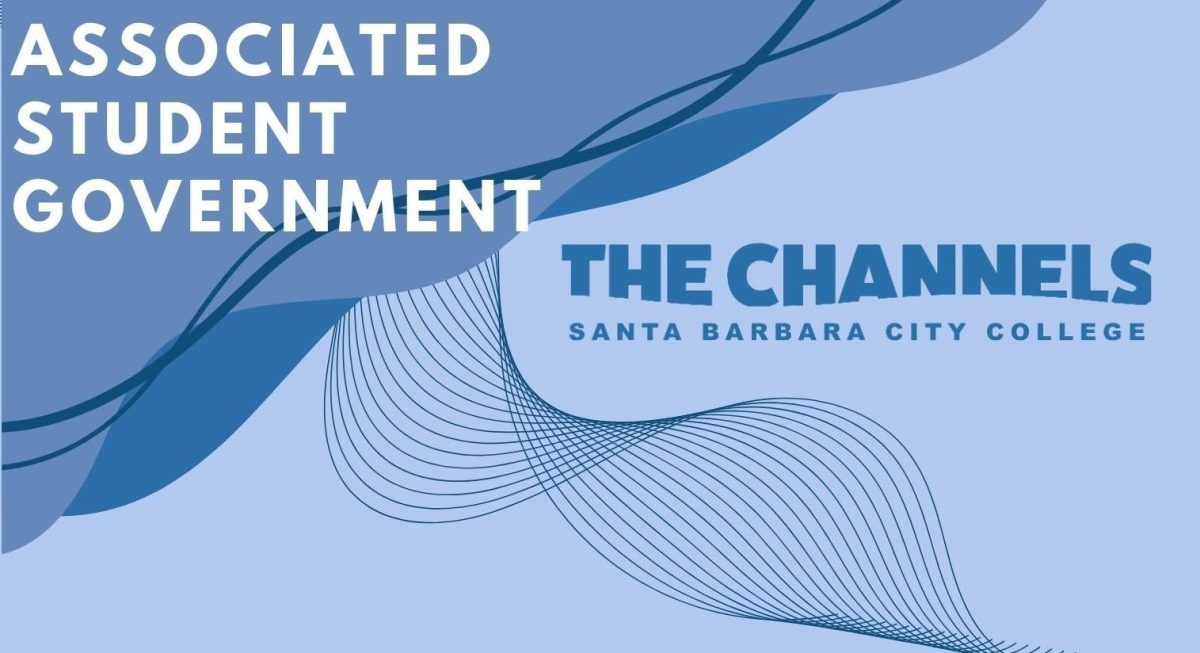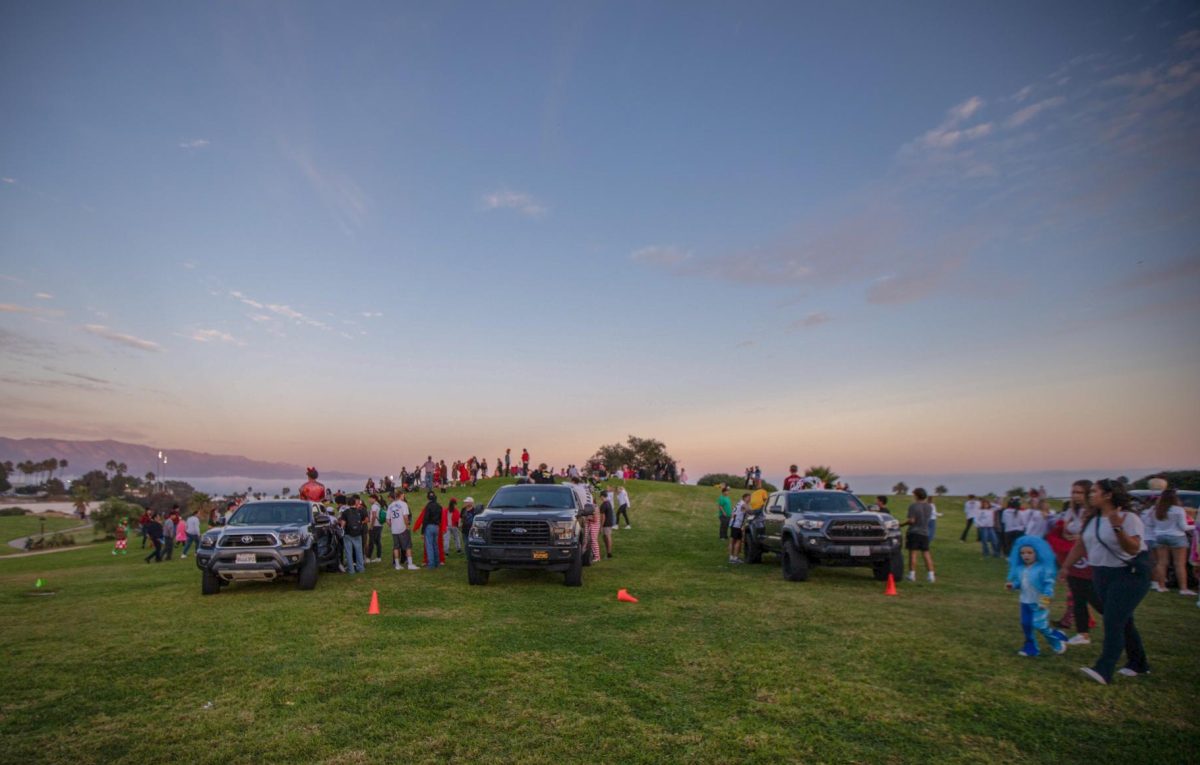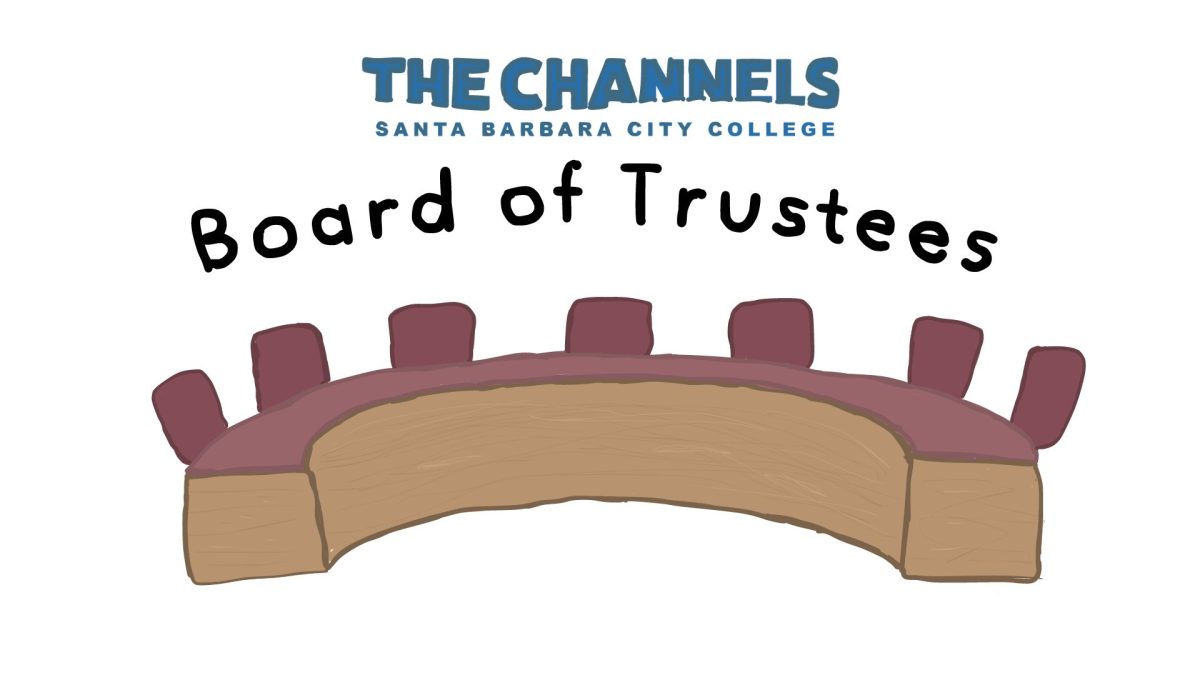City College’s Marine Diving Technology Program has recently begun working on creative machines called Remotely Operative Vehicles, also known as R.O.V.s.
“The students are not given any specific instructions on how to build these machines. All the machines are designed from original ideas the students come up with on their own,” said Don Barthelmess, professor of the R.O.V. course and former chairman of the marine program.
The students in the class are broken up into three groups of six and given a small budget of $200 per group. Already, each group has gone over budget and are dipping into their own pockets.
“We are a little stressed about being behind on schedule,” said Jeff Willis, a student who is part of the self-named “Jack and Coke” R.O.V. group. “We are still receiving parts we ordered online due to the scarce supply of equipment available in Santa Barbara,” Willis explained.
Willis and the rest of the “Jack and Coke” team are dedicating their R.O.V. to Bill Talbot, a former diving student who died last May.
“He would have been part of our group if he were here today,” Willis said.
Brad Atkin, also a part of the “Jack and Coke” R.O.V. group explained their machine is revolutionary because they’re using two ballast tanks – tanks that submarines use to rise above and dive below water. Along with the ballast tanks, the group’s machine will be composed of four thrusters to allow movement, camera housing for recording information, and an old Atari 2600 joystick to control the entire model. Professor Barthelmess believes this particular machine will possibly go deeper than 100 feet, exceeding the 30 ft. requirement. The machines are built as a means of recording information underwater when a diver is unable to go. Sometimes there are various complications such as poor water conditions but an R.O.V. can still go down, explained diving student, Jedd Stoddard.
Stoddard has been diving for about eight years. His team is building “The Phallus,” which consists of a 12inch P.V.C. pipe, an old surfboard fin, a couple of thrusters, and camera housing with a spotlight. With only about one week left before evaluations this team is a little stressed too.
The third team – who’s R.O.V. remains nameless – “is just going for something simplistic yet functional,” said Csaba Borza, a City College diver. Their team has the only two females in the class, one of whom is Monica Goulart who works for the Ocean Engineering and Research Company,
When the eight-week course comes to an end, the divers will test their R.O.V.s in the two tanks that they use for training. If all goes well, they could possibly test them offshore.
“Overall this group has had a very cohesive attitude and I can’t wait to see the end results,” Barthelmess said. “This end project is all based on constructive learning. It is a culmination of all the material that was taught and really is beneficial because I know that I learn best through relevant experiences like this.”
Marine diving students build own working R.O.V.s
Stephanie Haddad
December 9, 2004
Story continues below advertisement
More to Discover







